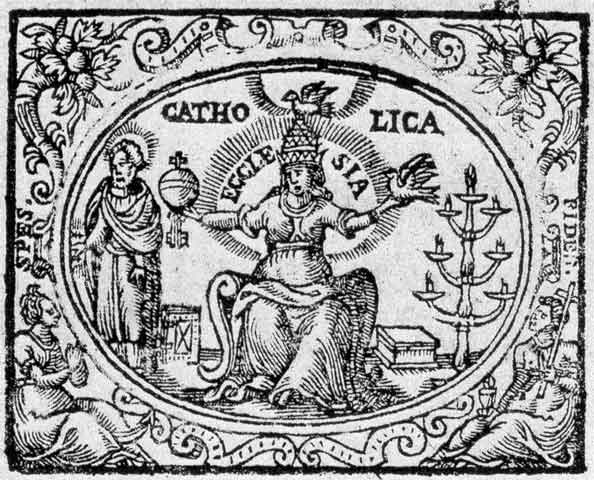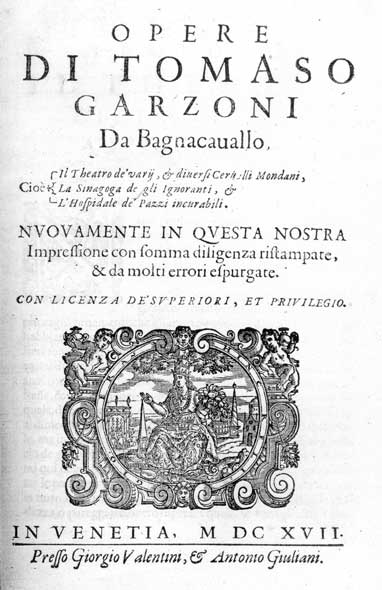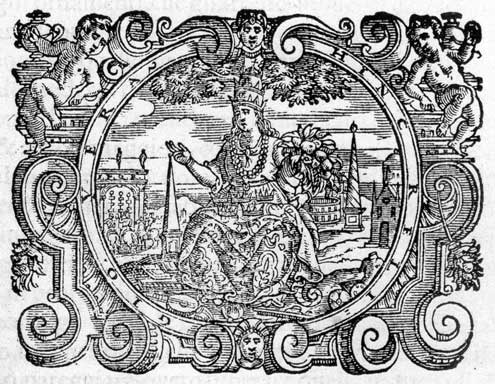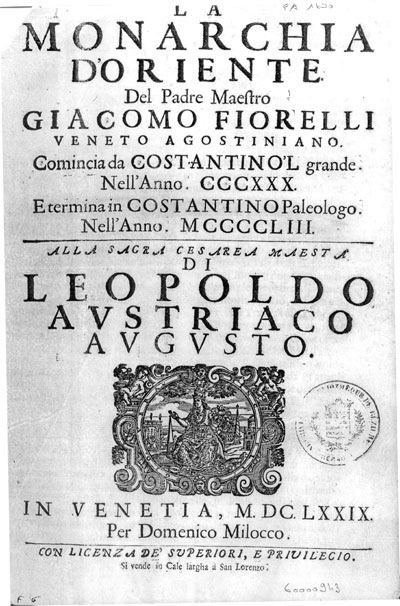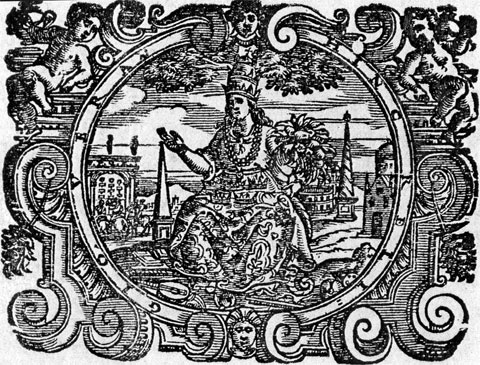|
While cataloging our library's 15th-18th century books, I came across two instances of printer's devices or marks from the 17th century that use a papessa-like figure to personify Rome, the Roman Church, and the True Religion. This is in striking contrast to the Protestant use of sleazier versions of images like her, to suggest the corruption and vice of the Roman Catholic Church. When thinking about the iconography of the tarot trump La Papesse or Papessa, it is therefore important to remember that context is almost everything. Such an image is not in itself subversive or controversial. One of the marks below was used by two different sets of printers in Venice. I also later discovered that Stuart Kaplan had presenented one of these in volume II of his "Encyclopedia of Tarot", p. 188, from a book which contained works of Tomaso Garzoni. Garzoni is coincidentally one of the 16th century witnesses to tarocchi, and he lists the names of the cards and alludes to another authors' statement that they had been "recently invented" in the late 15th century. A websearch gives what might be a third instance of the second allegory in a 1616 publication of Martin Del-Rio's "Disquisitionum magicarum", Venice, by the printer Vincenzo Fiorina. See the Bollettino novit� of the Biblioteca Trivulziana, 1' Trimestre 2003, no. 346 (no longer online it seems). There the printer's mark is characterized as a "personification of Rome" with the motto "Vera Hinc Religio". This is exactly what we find in the latter two printers' marks below, and since it is in Venice, it seems that this Fiorina publication might have a similar if not identical mark. Earlier instances than these printers' marks occur in paintings in the 16th century (I.e. Vasari's allegory of Papal triumph (1571) cf. Kaplan "Encyc." II, p. 160, and Pasquale Cati da Iesi's (?) papessa-like allegory of the Church in "The Council of Trent" (1588). Special thanks to Jim Revak for finding the latter image in Paoletti and Radke, "Art in Renaissance Italy" (2002)).
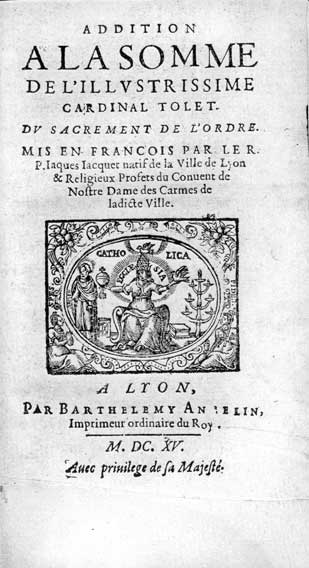 "Ecclesia Catholica", Barthelemy Ambelin, Lyon, 1615.
|
